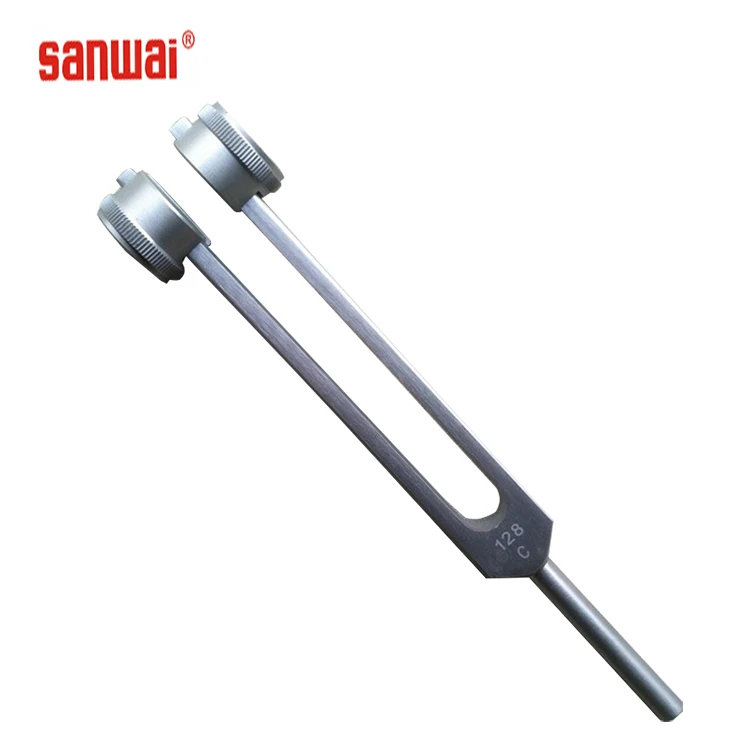

Get the free view of Chapter 7, Sound Concise Physics Class 10 ICSE additional questions for Mathematics Concise Physics Class 10 ICSE CISCE,Īnd you can use to keep it handy for your exam preparation.

Made of aluminum alloy and designed to meet medical requirements, the frequency of this tuning fork.


Maximum CISCE Concise Physics Class 10 ICSE students prefer Selina Textbook Solutions to score more in exams. Prestige Medical 128Hz Frequency Tuning Fork with Weights. The questions involved in Selina Solutions are essential questions that can be asked in the final exam. Using Selina Concise Physics Class 10 ICSE solutions Sound exercise by students is an easy way to prepare for the exams, as they involve solutionsĪrranged chapter-wise and also page-wise. Selina textbook solutions can be a core help for self-study and provide excellent self-help guidance for students.Ĭoncepts covered in Concise Physics Class 10 ICSE chapter 7 Sound are Determination of Speed of Sound by the Method of Echo, Use of Echoes, Some Examples of Resonance, Sound, Difference Between the Sound and Light Waves, Reflection of Sound, Echoes, Natural Vibrations, Damped Vibrations, Forced Vibrations, Resonance, Demonstration of Resonance, Properties of Sounds, Loudness and Intensity, Pitch (or shrillness) and frequency, Audibility and Range, Quality (Or Timbre) and Wave Form, Noise Pollution, Noise and Music, Sound (Numerical). (128hz tuning fork to the apex of the great toe), pinprick (just proximal to the great toenail), temperature (on the dorsum of the foot with tuning fork. This will clear students' doubts about questions and improve their application skills while preparing for board exams.įurther, we at provide such solutions so students can prepare for written exams. Selina solutions for Mathematics Concise Physics Class 10 ICSE CISCE 7 (Sound) include all questions with answers and detailed explanations. The detailed, step-by-step solutions will help you understand the concepts better and clarify any confusion. Twelve percent of the patients showed a minimal lack of strength in the quadriceps muscle and 11% had residual sensory anesthesia to pinprick below L5/S1.īased on our observations, recovery of vibration sense corresponds with recovery of motor block after epidural anesthesia and may serve as an easy means of documenting recovery with a single test before has the CISCE Mathematics Concise Physics Class 10 ICSE CISCE solutions in a manner that help students Statistical analysis was performed to compare the results of the different methods to the time at which baseline values of vibration sense were reached.Īt the time vibration sense testing returned to baseline, there was no residual motor block according to the Bromage Score in 100% of the patients and no residual block for foot flexion and extension. After obtaining baseline values, an epidural anesthetic was performed and patients were tested every 30 minutes until complete recovery from the block was documented with all examined methods. Epidural blocks were performed by the same anesthesiologist using ropivacaine and sufentanil via an epidural catheter. Conventional block recovery testing included Bromage-Score, formal muscle power testing according to the British Medical Research Council, pinprick testing, and warm/cold testing. Recovery from epidural block was evaluated in 81 patients undergoing cesarean delivery or vein stripping by comparing the use of a 128-Hz tuning fork with the results of conventional evaluation of block recovery. Technique 2 Uses the weighted 128 Hz Tuning Fork and the 136. It is made of non-magnetic aluminum alloy, lightweight, portable, corrosion-resistant, inspected, and tested with an extra-long handle. Crystals like rose quarts can be attached to the end of the fork to resonate that specific energy. The SURGICAL ONLINE Medical-Grade C128 Hz Tuning Fork is the perfect solution for neurological tests, vibratory sensation evaluation, Reiki sessions, in-home assessments, and bone conduction tests.
#128 tuning fork medical skin
In this open, prospective study, we tested the hypothesis that vibration sense testing is a sensitive and specific method to assess recovery from epidural block. Place the tuning fork right up against the skin where the problem area is Enjoy the feeling of the vibration sinking in Restart the frequency when needed. Vibration sense testing using a 128-Hz tuning fork is a commonly used test in the diagnosis of dorsal horn dysfunction and polyneuropathy.


 0 kommentar(er)
0 kommentar(er)
